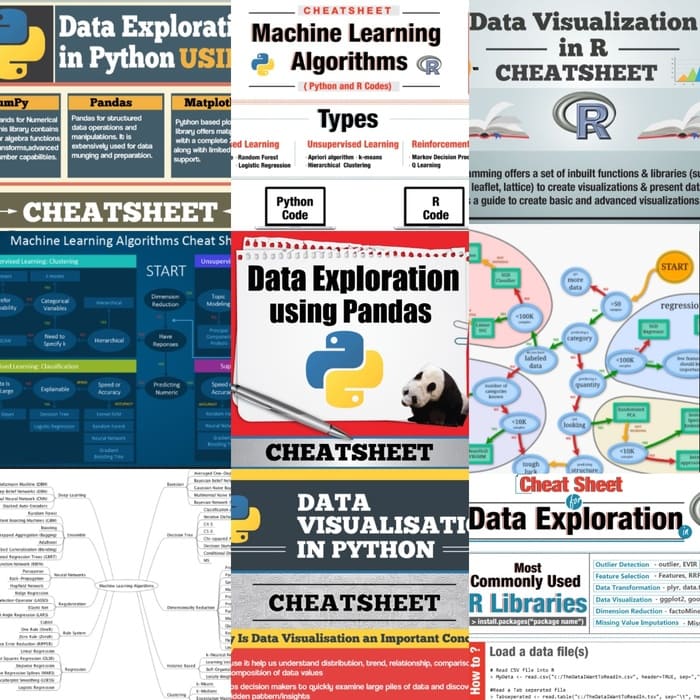Tidyr Cheat Sheet Pdf
R + Tidyverse in Sports. Namita Nandakumar January 30, 2020. There are many ways in which R and the Tidyverse can be used to analyze sports data and the unique considerations that are involved in applying statistical tools to sports problems. You can even specify the sheet here, if providing an Excel-style cell range. Readxl is a part of the tidyverse, an ecosystem of packages designed with common APIs and a shared philosophy. Learn more at tidyverse.org. Developed by Hadley Wickham, Jennifer Bryan,. R For Data Science Cheat Sheet Tidyverse for Beginners Learn More R for Data Science Interactively at www.datacamp.com Tidyverse DataCamp Learn R for Data Science Interactively The tidyverse is a powerful collection of R packages that are actually data tools for transforming and visualizing data. All packages of the tidyverse share an underlying philosophy and common APIs. The core packages are. .The tidyverse is designed to work with tidy data.A single structure that is common to all of the packages.R for Data Science.RStudio Cheat sheets.Training. Aimee Gott –Senior Consultant agott@mango-solutions.com Upcoming Mango Training Courses.An Introduction to R for Analytics. Tidy Data - A foundation for wrangling in R Tidy data complements R’s vectorized operations. R will automatically preserve observations as you manipulate variables. No other format works as intuitively with R. M A F M. A. tidyr::gather(cases, 'year', 'n', 2:4) Gather columns into rows. Tidyr::unite(data, col., sep) Unite several columns.

Getting started
tidyr functions fall into five main categories:
“Pivotting” which converts between long and wide forms. tidyr 1.0.0 introduces
pivot_longer()andpivot_wider(), replacing the olderspread()andgather()functions. Seevignette('pivot')for more details.“Rectangling”, which turns deeply nested lists (as from JSON) into tidy tibbles. See
unnest_longer(),unnest_wider(),hoist(), andvignette('rectangle')for more details.Nesting converts grouped data to a form where each group becomes a single row containing a nested data frame, and unnesting does the opposite. See
nest(),unnest(), andvignette('nest')for more details.Splitting and combining character columns. Use
separate()andextract()to pull a single character column into multiple columns; useunite()to combine multiple columns into a single character column.Make implicit missing values explicit with
complete(); make explicit missing values implicit withdrop_na(); replace missing values with next/previous value withfill(), or a known value withreplace_na().
Usage
readr is part of the core tidyverse, so load it with:
To accurately read a rectangular dataset with readr you combine two pieces: a function that parses the overall file, and a column specification. The column specification describes how each column should be converted from a character vector to the most appropriate data type, and in most cases it’s not necessary because readr will guess it for you automatically.
readr supports seven file formats with seven read_ functions:
R Data Cleaning Cheat Sheet
read_csv(): comma separated (CSV) filesread_tsv(): tab separated filesread_delim(): general delimited filesread_fwf(): fixed width filesread_table(): tabular files where columns are separated by white-space.read_log(): web log files
In many cases, these functions will just work: you supply the path to a file and you get a tibble back. The following example loads a sample file bundled with readr:
R Data Manipulation Cheat Sheet

R Tidyverse Cheat Sheet Pdf
Note that readr prints the column specification. This is useful because it allows you to check that the columns have been read in as you expect, and if they haven’t, you can easily copy and paste into a new call:
R Tidyverse Cheat Sheet Pdf
vignette('readr') gives more detail on how readr guesses the column types, how you can override the defaults, and provides some useful tools for debugging parsing problems.

